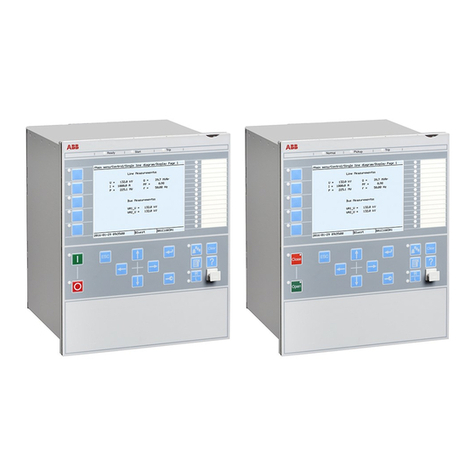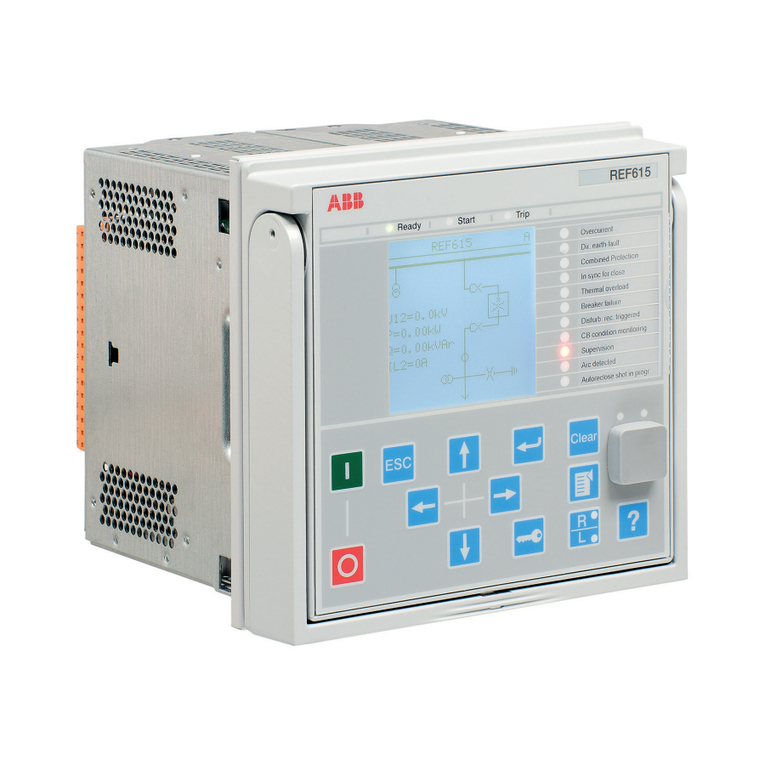ABB OMD100 User manual
Other ABB Control Unit manuals
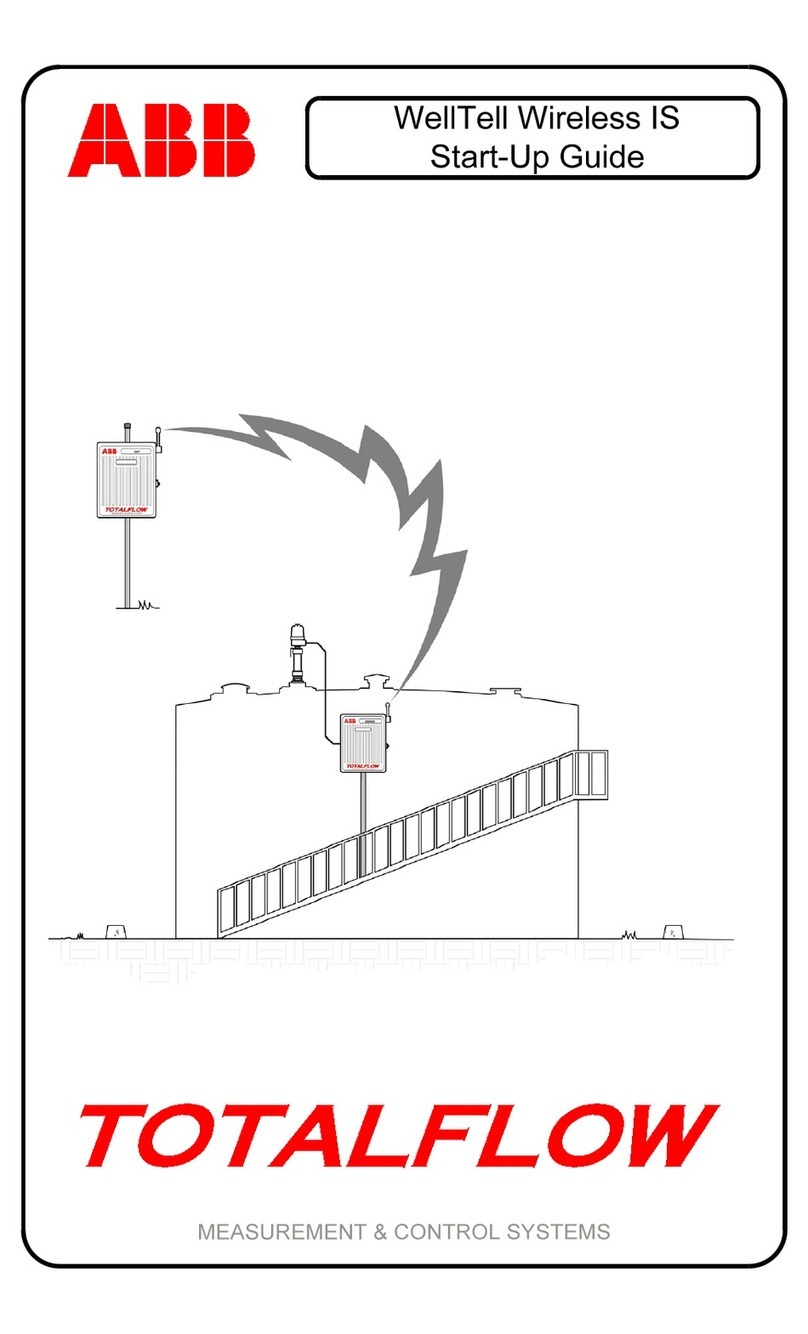
ABB
ABB TOTALFLOW WellTell Wireless IS User guide
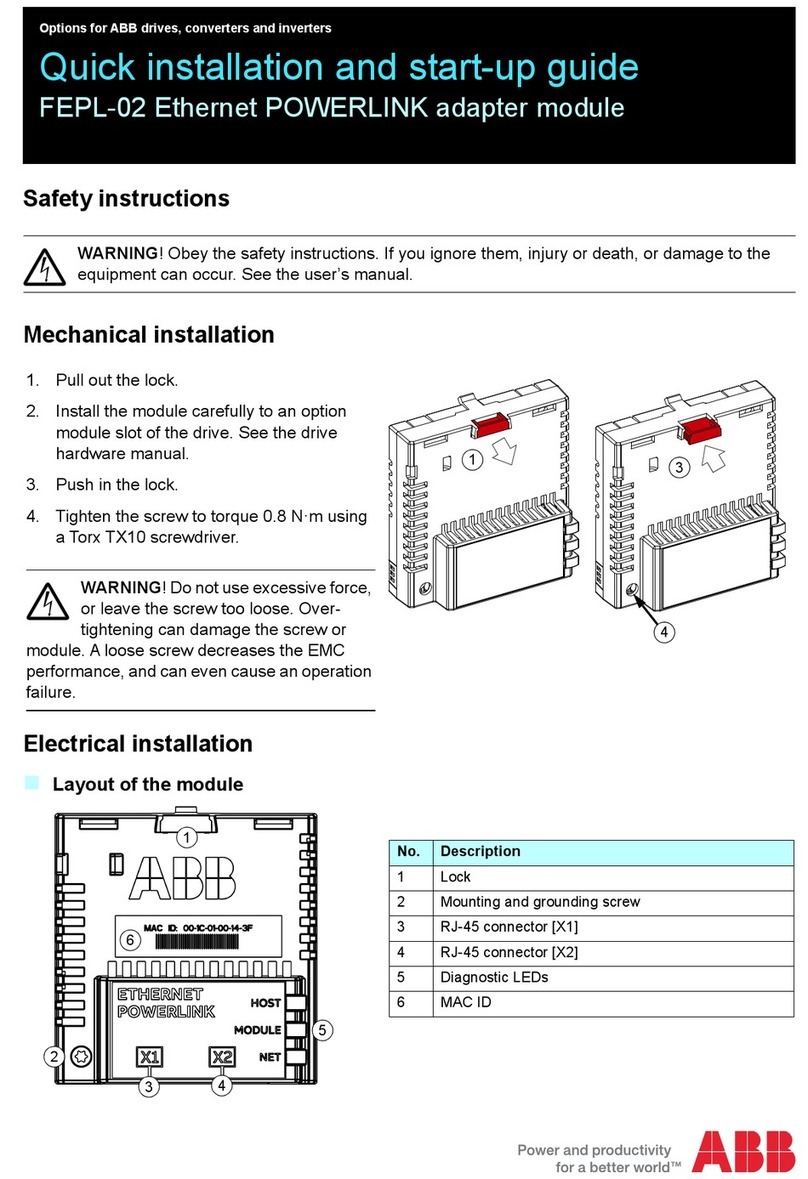
ABB
ABB FEPL-02 Ethernet POWERLINK Installation manual

ABB
ABB LW 110 User manual

ABB
ABB SCU200 User manual
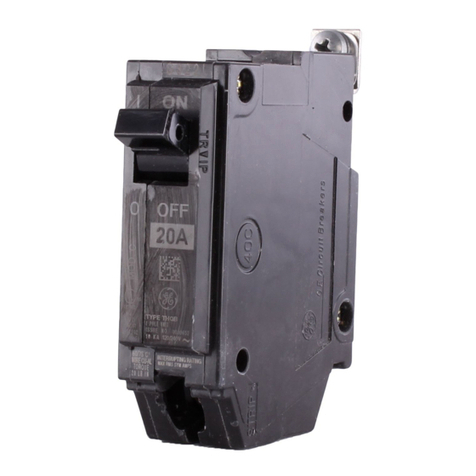
ABB
ABB THQ User guide

ABB
ABB COMMANDER 300 User manual

ABB
ABB REC650 ANSI Quick start guide

ABB
ABB RELION REX640 User manual
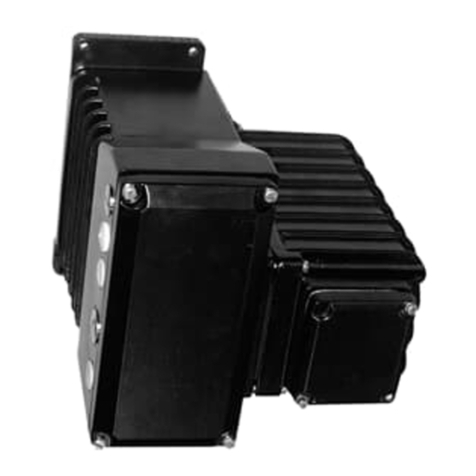
ABB
ABB EAN823 User manual
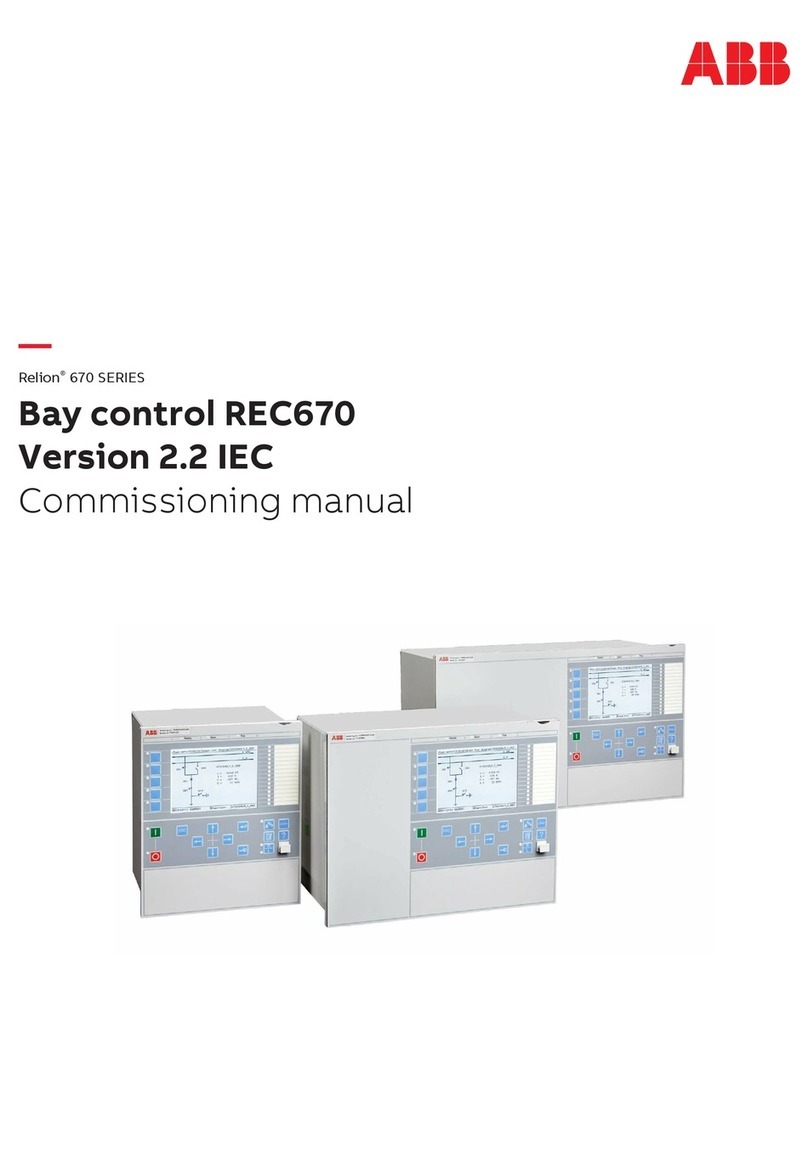
ABB
ABB Relion 670 series Quick start guide

ABB
ABB MRP31.0 User manual
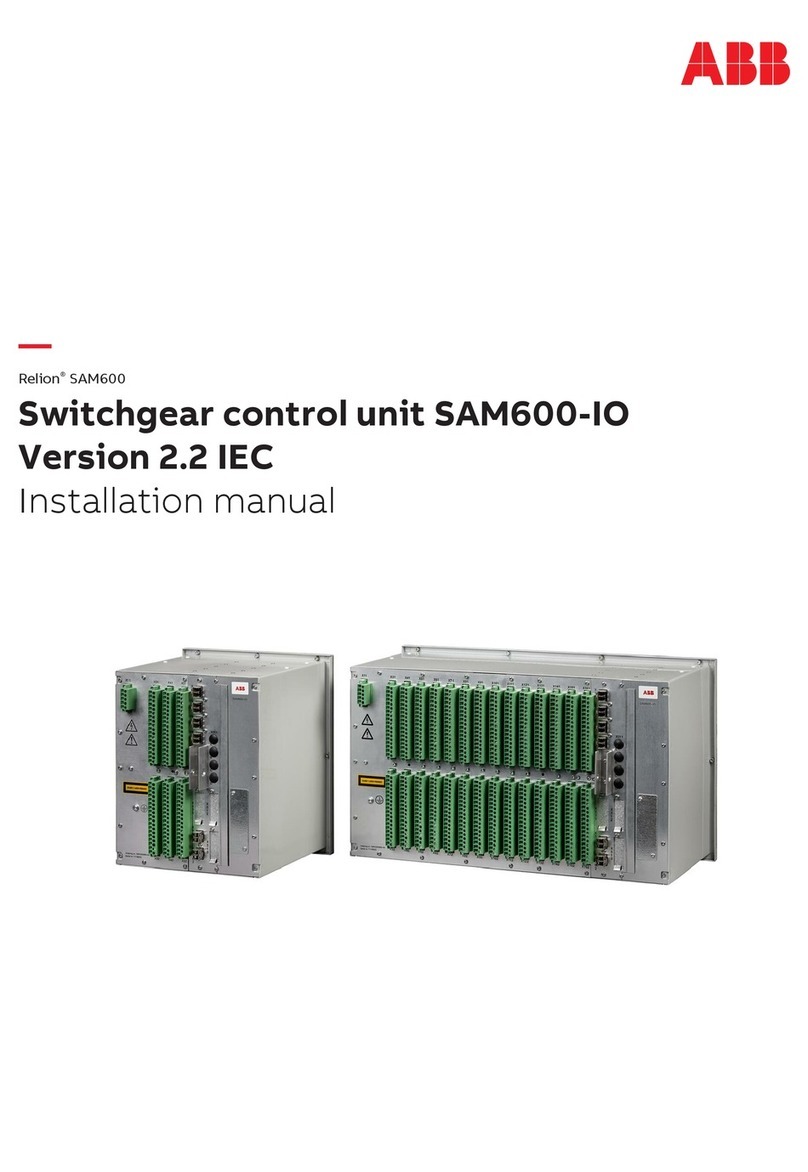
ABB
ABB Relion SAM600 User manual
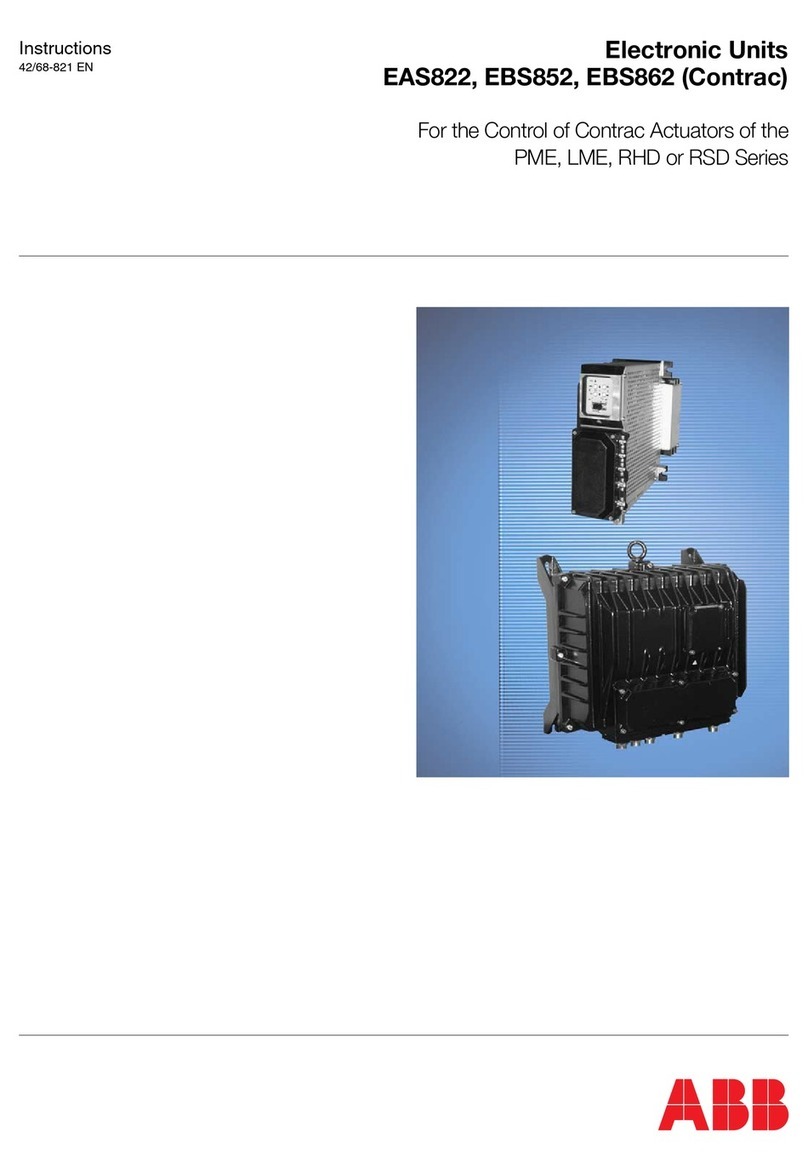
ABB
ABB EAS822 User manual
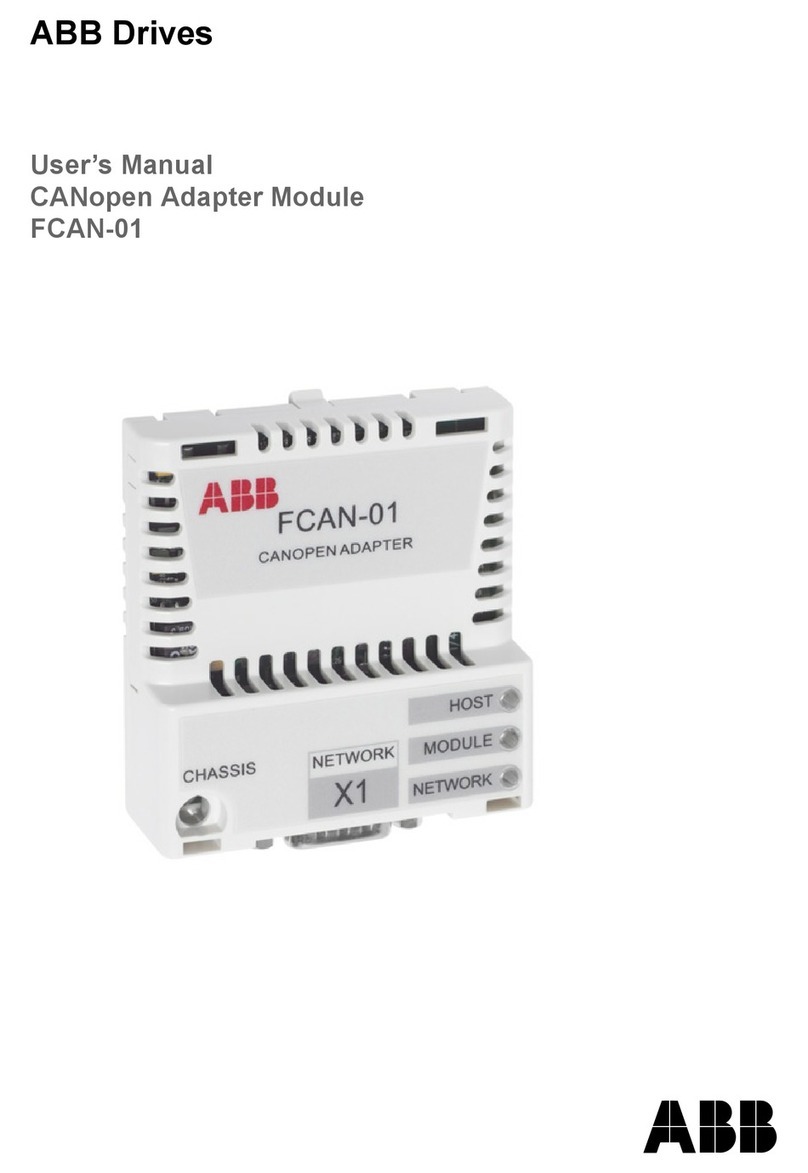
ABB
ABB FCAN-01 User manual

ABB
ABB FOX61 Series User manual
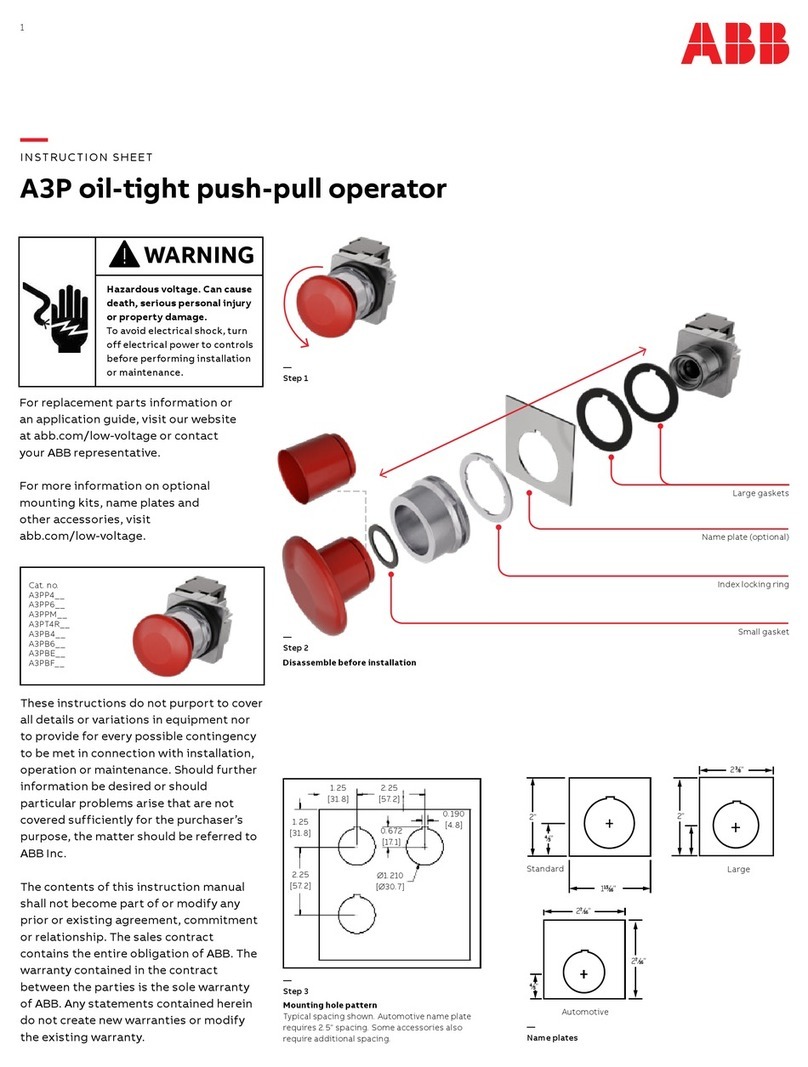
ABB
ABB A3 Series User manual
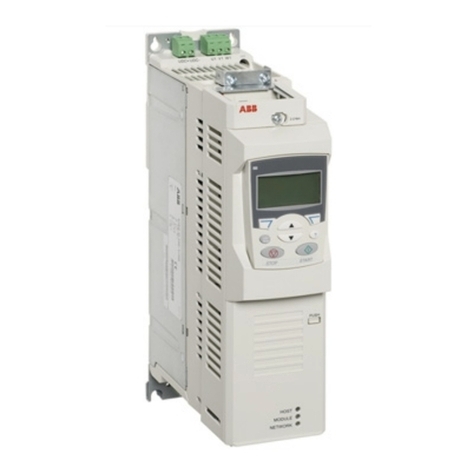
ABB
ABB ACS850-04 series Use and care manual
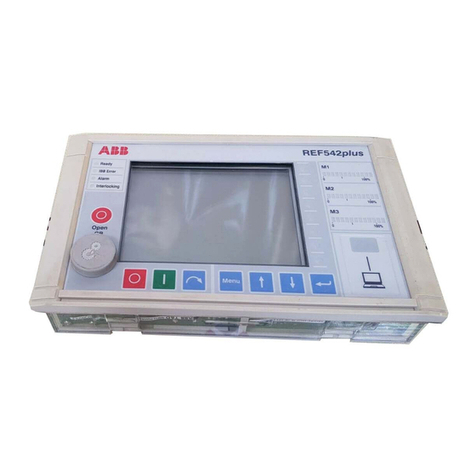
ABB
ABB REF542plus Guide

ABB
ABB ACS880-204 User manual

ABB
ABB Foundation LD 810HSE Ex User manual
Popular Control Unit manuals by other brands

Festo
Festo Compact Performance CP-FB6-E Brief description

Elo TouchSystems
Elo TouchSystems DMS-SA19P-EXTME Quick installation guide

JS Automation
JS Automation MPC3034A user manual

JAUDT
JAUDT SW GII 6406 Series Translation of the original operating instructions

Spektrum
Spektrum Air Module System manual

BOC Edwards
BOC Edwards Q Series instruction manual

KHADAS
KHADAS BT Magic quick start

Etherma
Etherma eNEXHO-IL Assembly and operating instructions

PMFoundations
PMFoundations Attenuverter Assembly guide

GEA
GEA VARIVENT Operating instruction

Walther Systemtechnik
Walther Systemtechnik VMS-05 Assembly instructions

Altronix
Altronix LINQ8PD Installation and programming manual
